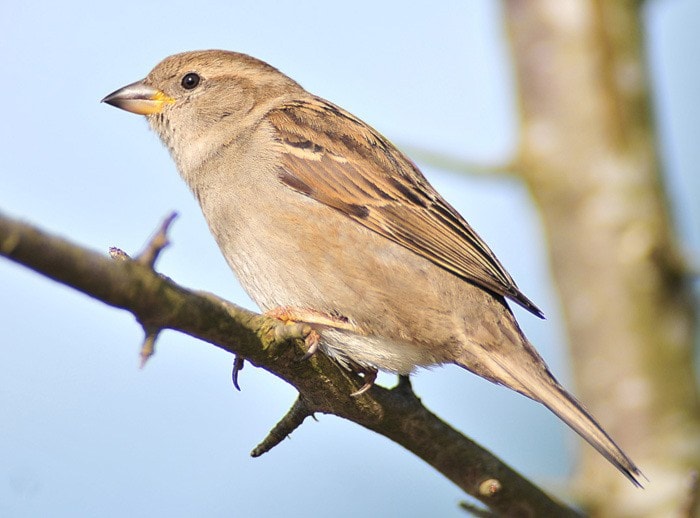Most of us get excited about seeing animals in the wild.
Passengers on the ferries crowd to the railings when orcas are spotted.
Glimpsing a coyote hunting voles in a farm field enlivens the morning commute.
The sight of two bald eagles engaged in a talon-clutching, death-defying aerial roll inspires awe in the beach walkers below.
It is usually the larger or cuter animals that get noticed, those belonging to what environmentalists wryly call the “charismatic megafauna.”
Sometimes rarities attract attention, like the northern hawk owl that spent much of this winter on Westham Island, near Reifel Migratory Bird Sanctuary, gathering its very own crowd of paparazzi.
Yet many other wildlife live in our neighbourhood and may go unnoticed.
Short-tailed weasels hunt in the marshes outside the dyke, muskrats swim in the ditches, and Yuma bats flutter around freshwater ponds on summer evenings.
Everyone recognizes the larger birds around us, like great blue herons and bald eagles (although those all-brown, young birds sometimes send people running to a field guide). The more than 300 other bird species that can occur in the delta are easily overlooked by those unfamiliar with their habits and features.
That is where the gentle art and skill of bird watching comes in.
Where others might see a muddy field with a flock of ducks in it, birders can readily identify the stylish plumage of the northern pintail, jewel-coloured green-winged teal, and the pale stripe on a wigeon’s head.
An attentive observer will see a well-camouflaged snipe flush from the marsh, and pick out wintering golden-crowned sparrows from a flock of their white-crowned cousins.
Recognition of bird songs and calls is a skill that needs practice and concentration.
The range of sounds is remarkable, from the profoundly deep, resonating call of grouse, to the high-pitched calls of the kinglets, soon lost to aging ears.
Recent research shows that happiness is closely aligned with paying close attention to a task, and that our distracted-attention society can drive us to stress and burnout.
An hour or two spent in nature, going for a walk and being absorbed in observation, will relieve us of many of the burdens of modern life.
The mental challenge of really listening to birds, of trying to study the intricate patterns on a butterfly’s wings or a dragonfly’s tail, or spotting a well-camouflaged otter resting on a rocky shore, all provide our brains with new connections.
Spring is an excellent time to get out there and enjoy nature to the full.
Anne Murray is a naturalist and author of two books on local nature: A Nature Guide to Boundary Bay and Tracing Our Past – A Heritage Guide to Boundary Bay, available at most bookstores; visit www.natureguidesbc.com
